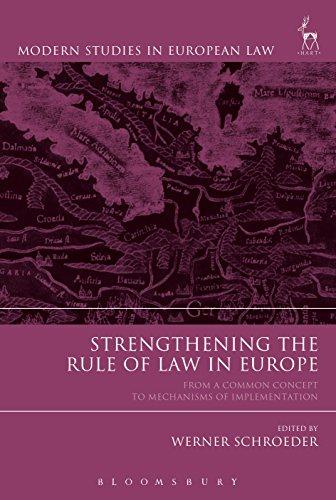Question
1. Which of the following is the most important distinction between employee status and independent contractor status? An independent contractor controls the details of his
1. Which of the following is the most important distinction between employee status and independent contractor status?
An independent contractor controls the details of his or her day-to-day work activities.
An independent contractor has a company name.
An employee has a high degree of skill and a specialized job.
An employee uses the employee's own tools for doing his or her work.
2. A worker's status as an employee or independent contractor affects: (Choose 3 answers.)
the business' taxes.
ownership of work created on the job.
whether the job is full time or part time.
the business' liability for the worker's actions.
3. The 1935 act that protects workers' rights to form and join unions for collective bargaining is called the:
Better Together Act (BTA).
National Unions Act (NUA).
Collective Bargaining Power Act (CBPA).
National Labor Relations Act (NLRA).
4. The National Labor Relations Board (NLRB) has the authority to: (Choose 3 answers.)
file complaints against employers in response to charges of unfair labor practices brought by employees.
file an appeal in federal court.
issue a cease-and-desist order.
investigate employees' charges of unfair labor practices.
5. What are the main provisions of the Immigration Reform and Control Act (IRCA) enacted in 1986? Choose 2 answers.
The IRCA made children of undocumented immigrants automatically American citizens.
The IRCA made it illegal to hire, recruit, or refer for a fee someone not authorized to work in the United States.
The IRCA provided amnesty to certain groups of immigrants living illegally in the United States at the time.
The IRCA limited future immigration by implementing stronger border control procedures.
6. What is the main provision of the Immigration Act of 1990?
The Immigration Act of 1990 placed caps on the number of visas (entry permits) that can be issued to immigrants each year.
The Immigration Act of 1990 provided amnesty to certain groups of aliens living illegally in the United States at the time.
The Immigration Act of 1990 limited future immigration by implementing stronger border control procedures.
The Immigration Act of 1990 authorized a green card (permanent residence card) for any undocumented worker who already held a full-time job in the United States.
7. At the federal level, the primary legislation that protects workers from dangerous conditions on the job is:
the Accidental Injury Compensation Act (AICA).
the Workers' Compensation Act (WCA).
the Occupational Safety and Health Act (OSHA).
the Social Security Act (SSA).
8. What are three ways that state workers' compensation claims are funded? Choose 3 answers.
Employees purchase an optional injury insurance plan through the company and claims are paid through that insurance.
Employers are self-insured and pay claims out of company funds.
Employers pay into a privately-run insurance plan, and claims are paid by the insurance.
Employers pay into a state-run insurance plan, and claims are paid by the insurance.
9. How much time off does the Family and Medical Leave Act (FMLA) provide?
up to six weeks of paid and up to six weeks of unpaid time off
whatever time is needed to take care of the health concern of a protected person
up to 12 weeks of paid time off
up to 12 weeks of unpaid time off
10. Which posters does the Occupational Safety and Health Act (OSHA) require most businesses to display? Choose 3 answers.
the "Fire Escape Routes" poster
the "Fair Labor Standards Act" poster
the "Job Safety and Health Protection" poster
the "Family and Medical Leave Act" poster
Step by Step Solution
There are 3 Steps involved in it
Step: 1

Get Instant Access to Expert-Tailored Solutions
See step-by-step solutions with expert insights and AI powered tools for academic success
Step: 2

Step: 3

Ace Your Homework with AI
Get the answers you need in no time with our AI-driven, step-by-step assistance
Get Started


